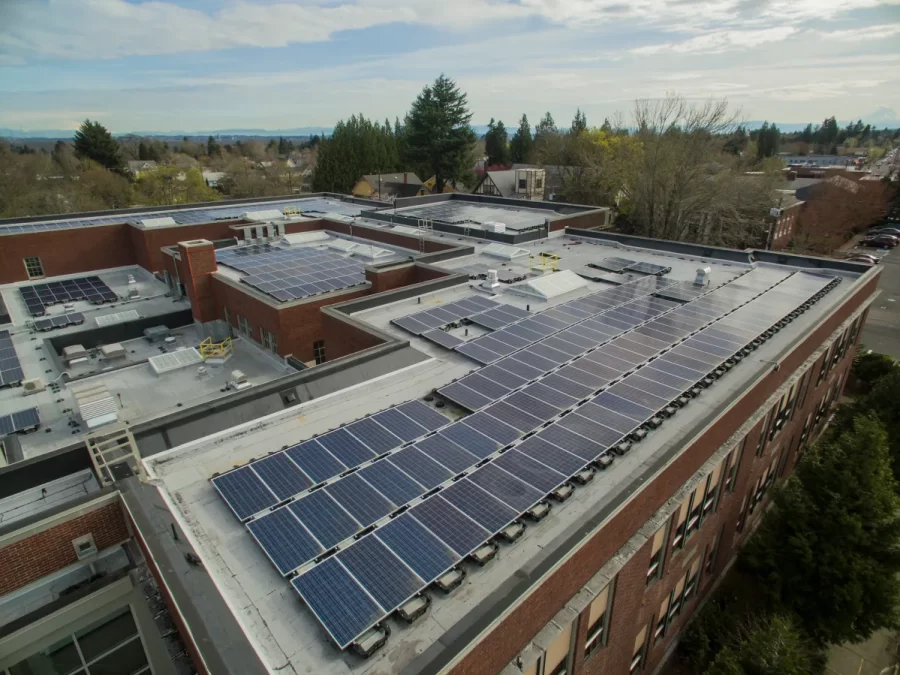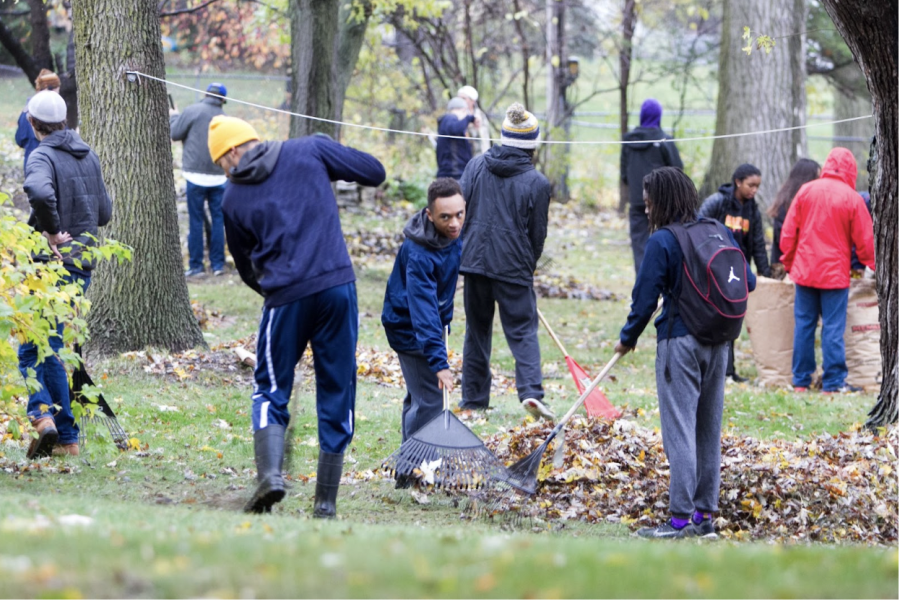On January 29th, at the Hindu festival Kumbh Mela, in Sangam India, a deadly crowd crush killed 30 and injured 60. The crush was the result of crowds estimated to contain upwards of 100 million people gathered near the riverbanks of the Ganges, Yamuna and Saraswati rivers. Hindus believe that bathing in these sacred waters will cleanse them of sins and help them attain salvation.
The crowds seen on the 29th were about 4 times larger than projected sizes, and most of the people that were killed were trampled in complete darkness while they were either sleeping or sitting outside near the rivers.
Crowd crush incidents are not uncommon in India. In fact, since 1954, there have been 9 major crowd crushes in India with high death tolls. The most fatal of these was in 1954, when around 350-800 people were killed in an extreme crowd crush in Prayagraj.
This year, police claimed that prior to the festival, hundreds of cameras and an advanced surveillance system would be installed in order to keep the event safe. The surveillance system was meant to alert staff working at the festival if specific sections of the crowd contained an unsafe amount of people. But clearly, the safety measures taken were not effective.
The tragic crowd crush at this year’s Kumbh Mela highlights the urgent need for more effective crowd management and safety measures at large gatherings in India. Despite advanced surveillance systems being promised, they failed to prevent the disaster, resulting in significant loss of life. Given the history of deadly crowd crush incidents in the country, authorities must prioritize stronger precautions to ensure the safety of millions who attend these religious events in the future.




























